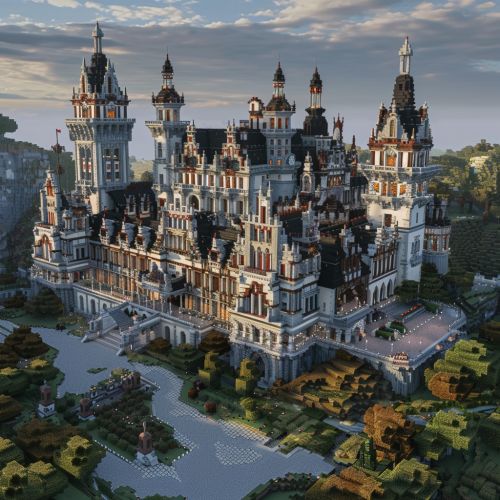Prussia
History
The Kingdom of Prussia was a German kingdom that played a significant role in shaping the landscape of modern Europe. Its origins can be traced back to the Duchy of Prussia and the Margraviate of Brandenburg. The former was a fief of Poland, while the latter was a major principality of the Holy Roman Empire. The two territories were ruled in personal union by the House of Hohenzollern from the late Middle Ages until the end of World War I.


The Duchy of Prussia was the first Protestant duchy, established by Albert, Duke of Prussia, in 1525. Albert was a member of the Teutonic Knights, a Catholic religious order that had been conducting a crusade against the pagan Old Prussians. However, he secularized the order's Prussian territories, creating a duchy that was a fief of the Kingdom of Poland.
The Margraviate of Brandenburg, on the other hand, was a major principality of the Holy Roman Empire. It was ruled by the House of Hohenzollern from 1415, and its rulers were elevated to the rank of electors of the Holy Roman Empire in 1417.
Union and Rise of Prussia
In 1618, the Duchy of Prussia and the Margraviate of Brandenburg came under the rule of John Sigismund, the Hohenzollern elector of Brandenburg. This marked the beginning of the personal union between the two territories. However, it was not until 1701 that the Kingdom of Prussia was officially proclaimed. Frederick III, Elector of Brandenburg, crowned himself as Frederick I, King in Prussia, in Königsberg. The title "King in Prussia" was chosen to acknowledge the legal fiction that his kingdom was a personal possession of the Polish crown.
The Kingdom of Prussia expanded rapidly during the 18th century under the rule of Frederick William I, the "Soldier King", and his son, Frederick the Great. Frederick William I reformed the Prussian Army and introduced the canton system, a form of conscription. His son, Frederick the Great, led Prussia in the Silesian Wars and the Seven Years' War, establishing Prussia as a leading European power.
Prussia in the 19th Century
The 19th century was a period of great change for Prussia. The Napoleonic Wars saw Prussia initially allied with France, but after the disastrous Battle of Jena-Auerstedt, Prussia joined the coalition against Napoleon. The Congress of Vienna in 1815 saw Prussia gain significant territory, including the rich industrial region of the Rhineland.
Prussia was instrumental in the unification of Germany. Chancellor Otto von Bismarck, appointed by King Wilhelm I, engineered a series of wars that expanded Prussian dominance over Germany. The Franco-Prussian War of 1870-1871 resulted in the creation of the German Empire, with the Prussian king as the German Kaiser.
Decline and Abolition of Prussia
The defeat of the German Empire in World War I led to the abolition of the monarchy, and Prussia became a Free State within the Weimar Republic. However, the rise of the Nazi Party saw the end of Prussian independence. In 1933, the Prussian government was deposed, and in 1935, the Prussian provinces were placed under direct Reich administration.
After World War II, Prussia was officially abolished by the Allied Control Council in 1947. Its former territory was divided between several German states and Poland, marking the end of Prussia as a political entity.
